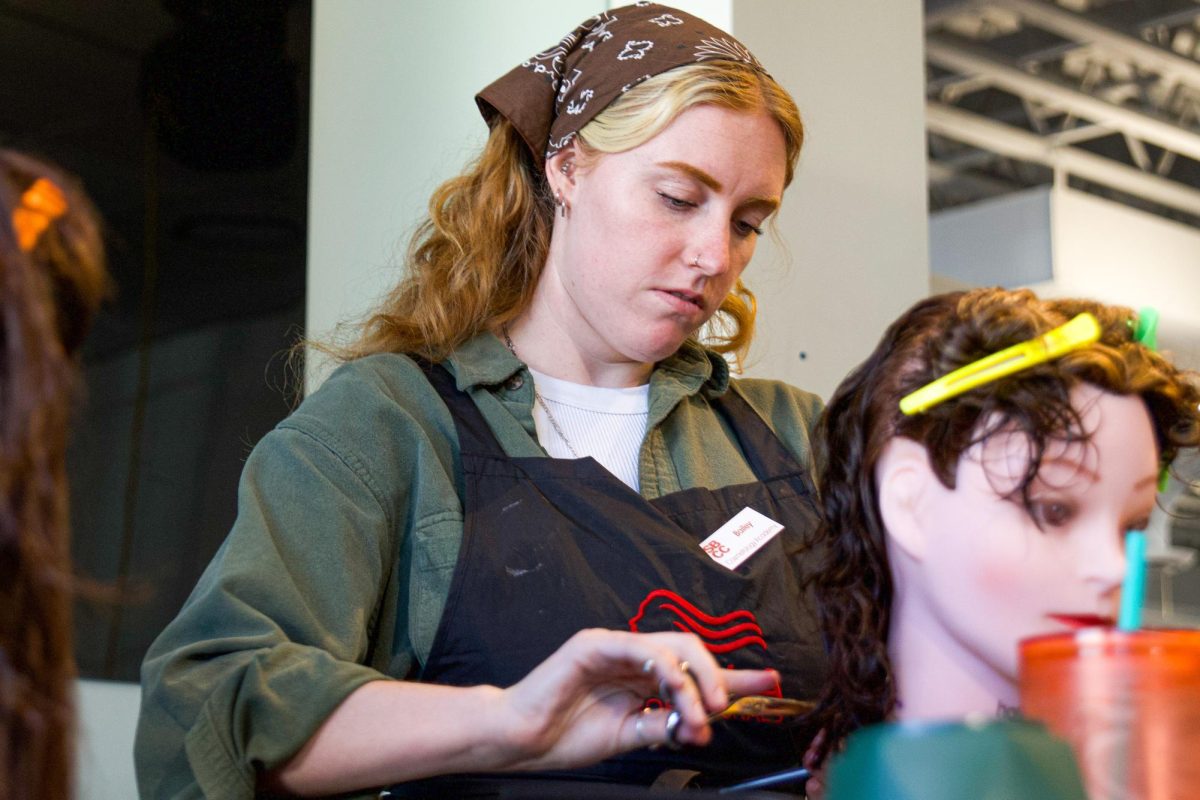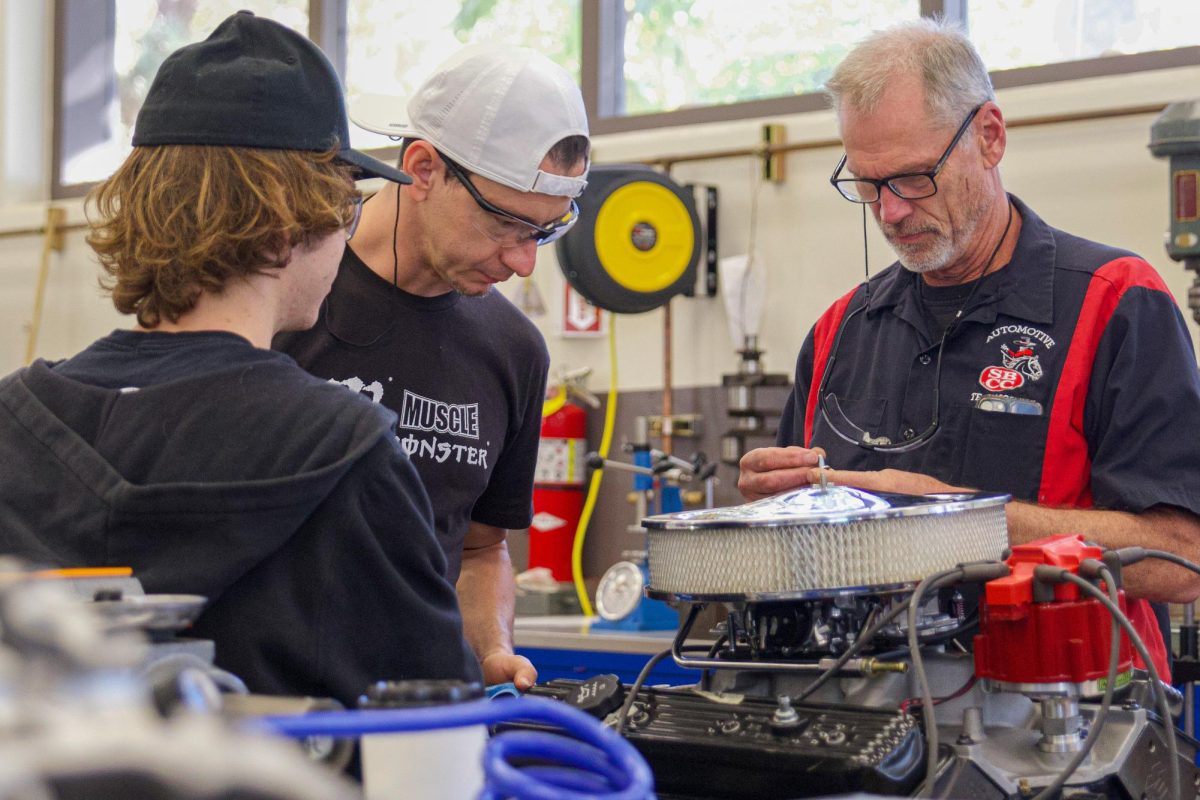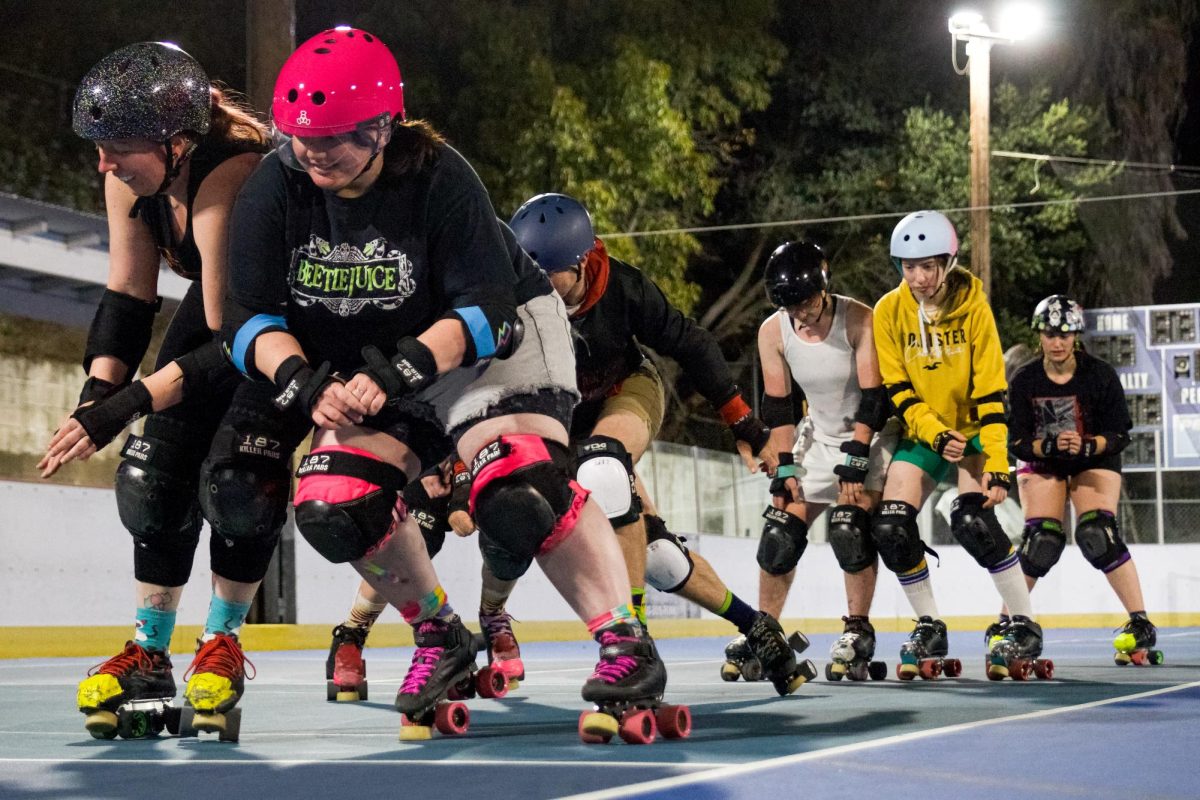City College’s two-year medical imaging sciences program offers an alternative route into the medical field.
The program has a three-year waitlist because it’s unique to its kind in California. Graduates can take their medical career to the next level and perform Computed Tomography Scans, X-Rays and MRI’s at hospitals.
“The medical field is up and coming,” said Kylie Stump, second year student in the program, “and if you don’t want to go the doctor route with all of the schooling, this is a good alternative way to get into the medical field.”
Stumps is one of the 24 students in the program that started with 32. After she completed anatomy, physiology, english and basic math, she added herself to the long waitlist in 2014.
Stump has a bachelor’s degree in radiographic sciences, but the certificate is the ticket she needs to enter the world of radiology, a medical imaging science. Expecting not to be added into the program until 2017, she was accepted early in 2016. She explains that this may happen sometimes, as people drop out or move to other locations.
Over the summer, the students in the program do nine weeks of interning. The clinical internships continue twice a week during the semester, and lectures the three remaining days. The end result of the program is the Diagnostic Medical Sonography Certificate of Achievement.
Stump drives about two and a half hours twice a week for her eight hour shift at Pueblo Radiology.
“It’s hard to really know what the program entails until you’re into it,” she said. “You don’t really know what to expect and then it’s like…oh man. This is difficult to balance with other things.”
She explained that students are required to complete a certain amount of X-ray exams, that get signed off by teachers in the program, to finish.
“It’s basically taking what you learned in the classroom and applying it to actual practice,” she explained. “Patient care is important and without that image[scan], maybe the doctor wouldn’t know what’s going on.”
Stump has made it halfway through her second year in the program. She explains that the commute is rough, but the program continues to get her closer to her National Board Exam.
According to The Program Effectiveness Data the percentage of students who have completed the program in the last five years ranged from 74 to 86 percent. The same data shows that in 2012, 26 of 30 student who graduated and were looking for jobs found one, and in 2016, 29 of the 30 students.
Professor and program alumna Trudy Ryan was in the medical imaging-field for 13 years before taking on teaching. Ryan has a bachelor’s degree in radiographic imaging.
“I love Anatomy and that was when I thought okay well this sounds like a cool thing to do, but it really throws you into the field so you’re learning hands on.
“It’s really unique compared to other fields,” she said with a laugh.
She explained that the benefits of the certificate is the main component of your career in this field.
“The medical field itself is a huge employer,” she said, “the industry itself employs a lot of people and radiography and diagnostic medical imaging is pretty big in itself because even though we’re an X-ray program, the field allows people to go into so many different things once they enter it.
“So it offers a lot of job opportunities beyond just X-ray. I think with that and healthcare itself, it’s just a good and very secure field to go into.”







